Description
Familiarity with treatment
Coarctation of the aorta is a congenital heart defect characterized by a narrowing of the aorta, the main artery that carries oxygenated blood from the heart to the rest of the body. Coarctation of the aorta repair aims to alleviate the narrowing and restore normal blood flow. The specific surgical approach may vary depending on the individual’s condition and the surgeon’s preference, but there are generally two main methods:
Surgical Repair: Traditional open-heart surgery is one approach to repair coarctation of the aorta. During this procedure, the narrowed segment of the aorta is removed, and the healthy ends of the aorta are reconnected. In some cases, a patch or graft may be used to widen the narrowed area. The surgery may be performed through a midline incision in the chest (thoracotomy) or through minimally invasive techniques.
Balloon Angioplasty and Stenting: Another approach to coarctation of the aorta repair is through a minimally invasive procedure called balloon angioplasty and stenting. In this procedure, a catheter with a deflated balloon is inserted into a blood vessel, typically through the groin, and guided to the narrowed area of the aorta. The balloon is then inflated to widen the narrowed segment, and a stent (a small mesh tube) may be placed to keep the artery open.
Both surgical repair and balloon angioplasty with stenting have their own advantages and considerations, and the choice of approach depends on various factors such as the severity of the coarctation, the individual’s age, and the presence of other heart defects.
Who is it suitable for?
Coarctation of the aorta repair is suitable for individuals with coarctation of the aorta, a congenital heart defect characterized by a narrowing of the aorta. The decision for repair depends on various factors, including the severity of the coarctation, the presence of symptoms, and the individual’s overall health. Here are some key points regarding suitability for coarctation of the aorta repair:
Severity of Coarctation: Repair is typically recommended for individuals with significant narrowing of the aorta that is causing symptoms or affecting blood flow. The severity of the coarctation is assessed through diagnostic tests such as echocardiography, which helps determine the appropriate treatment approach.
Presence of Symptoms: Repair is often considered for individuals experiencing symptoms related to coarctation of the aorta, such as high blood pressure, heart failure, or poor growth. Symptoms can vary depending on the severity and location of the narrowing.
Age and Overall Health: Coarctation of the aorta repair can be performed at different ages, from infancy to adulthood. The suitability for repair depends on the individual’s overall health and ability to tolerate the procedure. In some cases, repair may be delayed until the individual is older, especially if the coarctation is mild and not causing significant symptoms.
Evaluation by Specialists: The decision for coarctation of the aorta repair involves a multidisciplinary team of healthcare professionals, including cardiologists, cardiovascular surgeons, and congenital heart disease specialists. They assess the individual’s condition, review diagnostic tests, and discuss the most appropriate treatment approach.
Who is it not suitable for?
Coarctation of the aorta repair may not be suitable for individuals in certain situations. While the decision ultimately depends on a thorough evaluation by healthcare professionals, here are some scenarios where coarctation of the aorta repair may not be recommended:
Mild Coarctation: In cases where the coarctation is mild and not causing significant symptoms or affecting blood flow, the healthcare team may opt for close monitoring and conservative management instead of immediate repair. Treatment decisions are based on the individual’s specific condition and may involve regular follow-up assessments to ensure the coarctation does not worsen over time.
High Surgical Risk: In some instances, individuals may have other underlying medical conditions or complications that make them high-risk candidates for surgical interventions. The healthcare team will evaluate the individual’s overall health and determine if the risks associated with surgery outweigh the potential benefits. In such cases, alternative treatment options or ongoing medical management may be pursued.
Unfavorable Anatomy: In rare instances, the anatomy of the coarctation may present unique challenges that make repair technically difficult or infeasible. The healthcare team will carefully evaluate the specific characteristics of the coarctation to determine the most appropriate treatment approach. In some cases, alternative interventions or palliative measures may be considered.
Individual Preferences: In certain cases, the individual or their legal guardian may choose not to pursue coarctation of the aorta repair for personal or cultural reasons. It’s important for healthcare professionals to respect the individual’s autonomy and provide appropriate counseling and support to help them make informed decisions about their care.
Advantages
Coarctation of the aorta repair offers several advantages for individuals with this condition. While the specific advantages may vary depending on the individual’s circumstances and the chosen treatment approach, here are some potential benefits:
Improved Blood Flow: Coarctation of the aorta repair aims to alleviate the narrowing of the aorta, allowing for improved blood flow to the body’s organs and tissues. By widening the narrowed segment or removing the obstruction, repair procedures help normalize blood pressure and reduce strain on the heart.
Resolution of Symptoms: Repairing the coarctation can alleviate symptoms associated with the condition, such as high blood pressure, heart failure, or poor growth. By restoring normal blood flow, repair procedures can improve overall health and well-being.
Prevention of Complications: Coarctation of the aorta repair helps prevent potential complications associated with the condition. These may include the development of aneurysms at the site of the coarctation, the recurrence of narrowing, or the progression of other cardiovascular problems. Repair procedures aim to address these issues and reduce the risk of long-term complications.
Lifelong Health Management: Following coarctation of the aorta repair, individuals typically require lifelong follow-up care to monitor their cardiovascular health. Regular check-ups, imaging tests, and consultations with specialists help ensure ongoing management and early detection of any potential issues.
Improved Quality of Life: Coarctation of the aorta repair can significantly improve an individual’s quality of life. By addressing the underlying narrowing and associated symptoms, repair procedures can enhance physical well-being, promote normal growth and development, and allow individuals to engage in regular activities without limitations.
Complications
Coarctation of the aorta repair, while beneficial, can be associated with certain complications. Here are some potential complications that may arise:
Recurrent Coarctation: In some cases, the repaired area of the aorta may narrow again due to the formation of scar tissue. This is more commonly observed in infants who underwent emergency surgery for severe coarctation 1.
Aneurysm Formation: Aneurysms, which are weakened or bulging areas of the blood vessel wall, can develop at the site of the repair or in other parts of the aorta 2. Regular monitoring through imaging studies, such as MRI or CT scans, may be necessary to detect the presence of aneurysms 2.
High Blood Pressure: While coarctation repair can improve blood pressure, some individuals may still experience high blood pressure even after successful surgery or intervention. Medications or additional procedures, such as stent placement, may be required to manage blood pressure.
Valve and Aortic Complications: Individuals with a history of coarctation repair may have a higher likelihood of having a bicuspid aortic valve, which may require monitoring for potential deterioration over time. Aneurysms in the ascending aorta can also occur as a late complication.
Other Potential Complications: Additional complications associated with coarctation of the aorta repair include endocarditis (infection of the heart lining), bleeding in the brain (hemorrhage), aortic rupture or tear (dissection), and enlargement of the aorta’s wall (aneurysm) 3.
Previous care
The previous care for coarctation of the aorta typically involves a combination of diagnostic evaluations, monitoring, and treatment interventions. Here are some aspects of previous care that may be involved:
Diagnosis: Coarctation of the aorta is usually diagnosed during infancy or childhood, although it can sometimes be identified in adulthood. Diagnostic evaluations may include a physical examination, blood pressure measurements in different parts of the body, and imaging tests such as echocardiography, cardiac MRI, or cardiac catheterization. These tests help determine the location and severity of the coarctation.
Monitoring: Individuals with coarctation of the aorta require regular monitoring to assess the progression of the condition and the impact on overall health. Monitoring may involve periodic check-ups with a cardiologist, blood pressure measurements, and imaging studies to evaluate the aorta and detect any potential complications.
Medical Management: In cases of mild coarctation or if repair is not immediately feasible, medical management may be employed to manage symptoms and minimize complications. Medications, such as beta-blockers or angiotensin-converting enzyme (ACE) inhibitors, may be prescribed to control high blood pressure and reduce the workload on the heart. Regular follow-up appointments are typically scheduled to assess the effectiveness of medical management.
Interventional Procedures: In some cases, individuals with coarctation of the aorta may undergo interventional procedures to relieve the narrowing. Balloon angioplasty, a minimally invasive procedure, involves inflating a balloon at the site of the coarctation to widen the narrowed segment. Stent placement may also be used to keep the aorta open. These procedures are typically performed in a cardiac catheterization laboratory.
Surgical Repair: Surgical repair is often necessary for individuals with moderate to severe coarctation of the aorta. The procedure typically involves removing the narrowed segment and reconnecting the two ends of the aorta. The specific surgical technique may vary depending on the individual’s anatomy and the surgeon’s preference. Post-surgical care involves monitoring for complications, ensuring adequate healing, and providing appropriate follow-up.
Aftercare
Aftercare following coarctation of the aorta repair is an important part of the overall treatment process. The specific aftercare plan may vary depending on the individual’s condition, the chosen treatment approach, and any potential complications encountered during the repair. Here are some general aspects of aftercare that may be involved:
Hospital Stay: Following the coarctation repair procedure, individuals typically remain in the hospital for a period of observation and recovery. The length of the hospital stay can vary depending on the individual’s age, overall health, and the specific surgical technique employed.
Pain Management: Pain management is an essential aspect of aftercare. Medications may be prescribed to alleviate any discomfort or pain experienced during the recovery period. It’s important to follow the healthcare provider’s instructions regarding pain management medications and techniques.
Wound Care: If the repair was performed through open-heart surgery, proper wound care is essential. This may involve keeping the incision area clean and dry, regularly changing dressings, and monitoring for signs of infection. It’s important to follow the healthcare provider’s instructions regarding wound care to promote proper healing.
Medications: Depending on the individual’s specific situation, medications may be prescribed after coarctation repair. These may include medications to manage blood pressure, prevent infection, or support heart function. It’s important to take medications as prescribed and attend follow-up appointments to monitor their effectiveness.
Follow-up Appointments: Regular follow-up appointments with a cardiologist or congenital heart disease specialist are crucial for ongoing monitoring and management. These appointments may involve physical examinations, imaging tests, blood pressure measurements, and discussions about lifestyle modifications or additional interventions, if necessary.
Lifestyle Modifications: After coarctation repair, lifestyle modifications may be recommended to promote overall cardiovascular health. These may include maintaining a healthy diet, engaging in regular physical activity, managing stress, and avoiding tobacco and excessive alcohol consumption. It’s important to discuss appropriate lifestyle modifications with a healthcare provider.
Education and Support: Individuals and their caregivers may receive education and support regarding the condition, the repair procedure, and ongoing management. This may include information about potential complications to watch for, signs and symptoms that require immediate medical attention, and resources for emotional support.
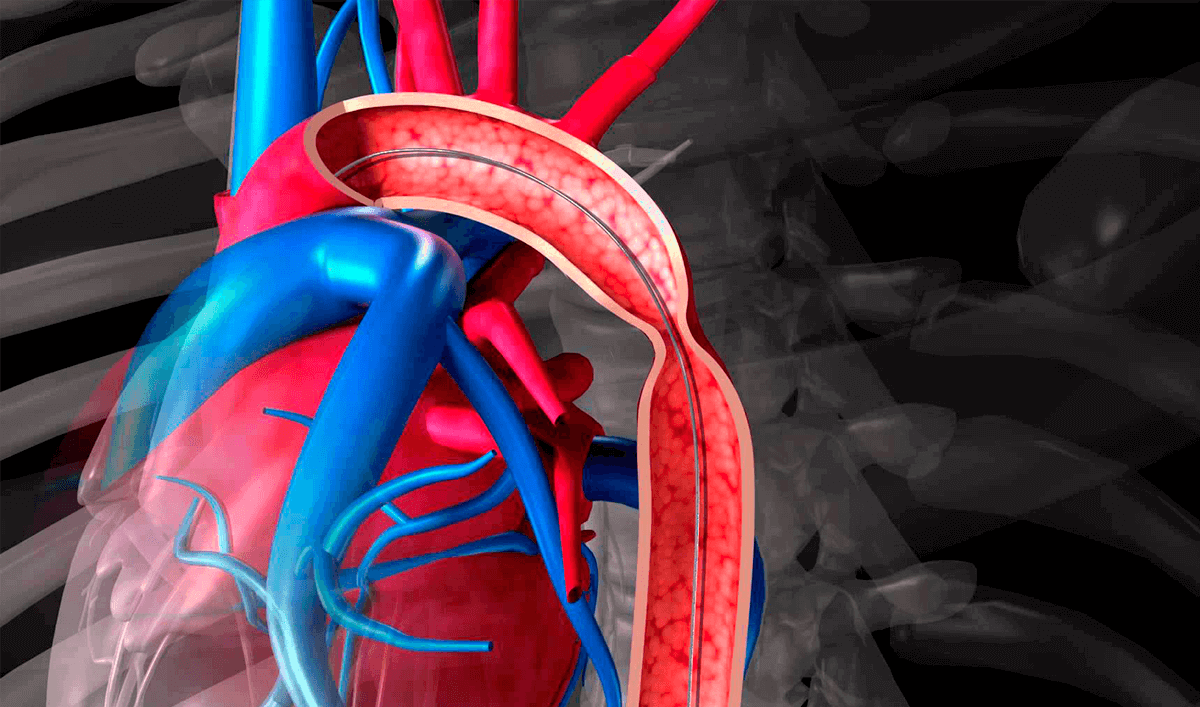
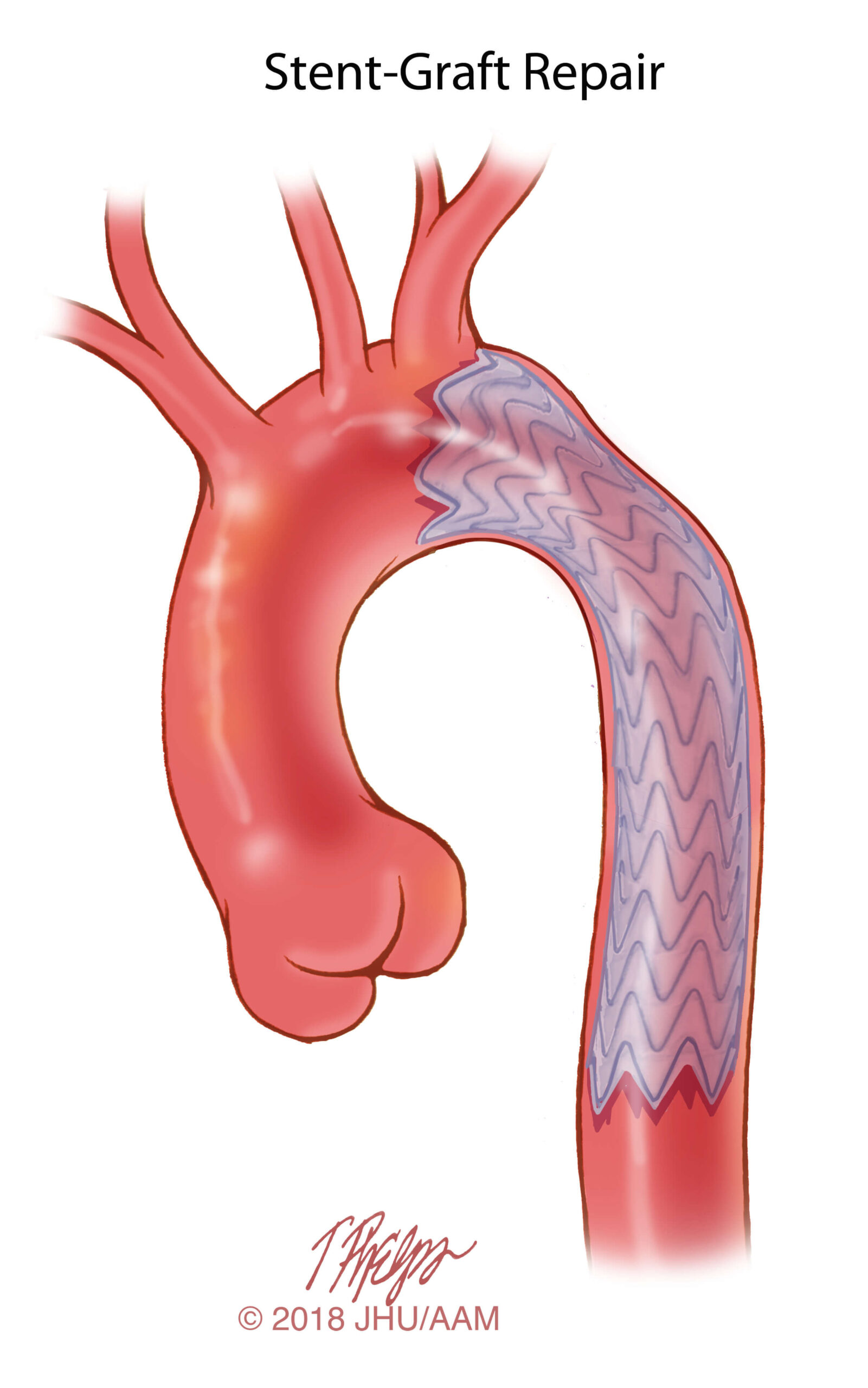
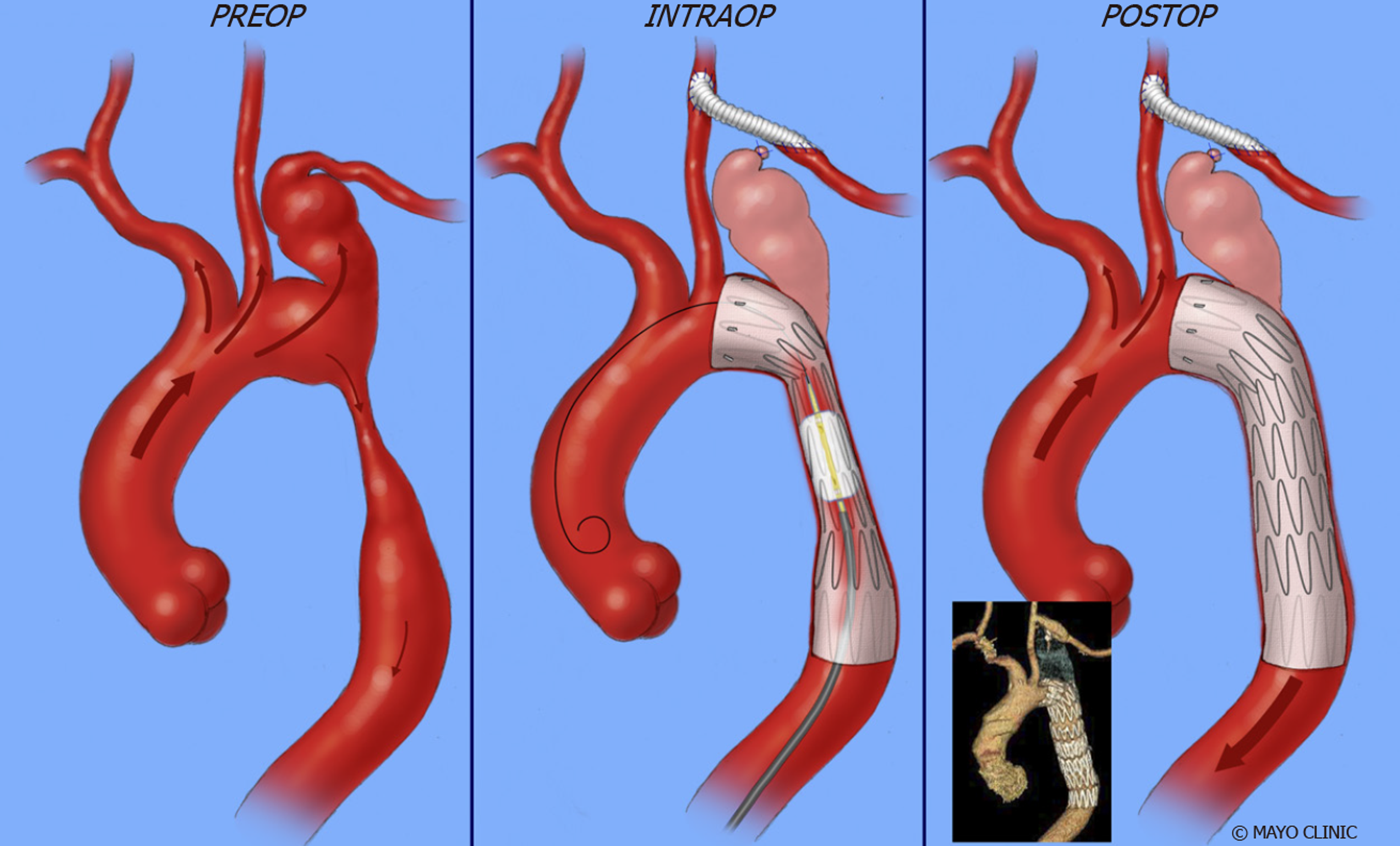

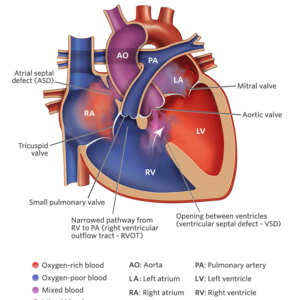
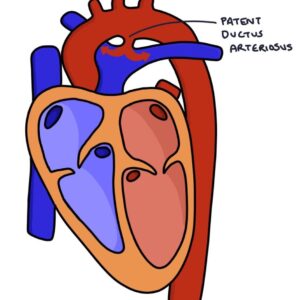
Reviews
There are no reviews yet.